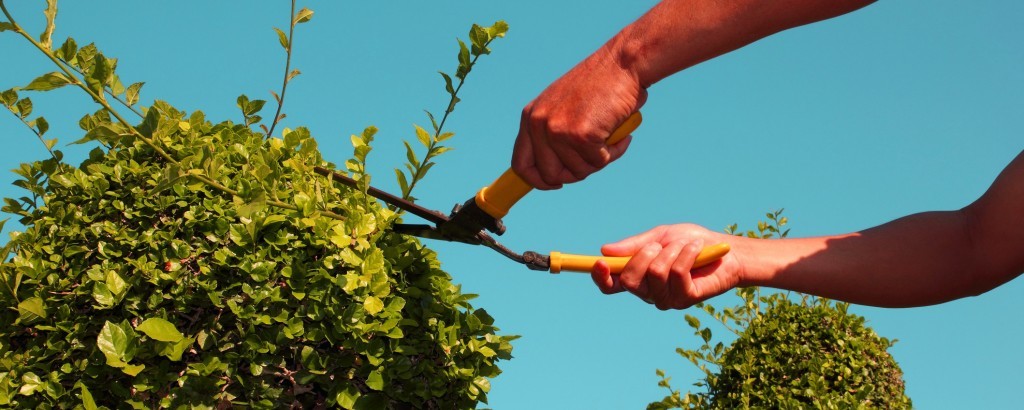How do you go about pruning your IT estate?
Noah Broadwater is the CTO of Sesame Workshop, the nonprofit behind the Sesame Street children’s media juggernaut. Dan Woods, CEO and Founder of Early Adopter Research, sat down with Broadwater to discuss asset and portfolio management from the perspective of the CTO, the effect and dictates of consumerization on the modern CTO, and his thoughts on demystifying the cloud.
In this segment, Broadwater discusses pruning the IT estate.
Woods: How do you go about pruning your IT estate? How do you create a model of what’s underutilized and what’s actually valuable from a system on which you might be paying a lot of maintenance and provisioning a lot of hardware? How could you replicate that in a smaller footprint in some other way, or live without it?
Broadwater: There are certain areas we look at from time to time—we’re doing two right now, actually. We lease most of our equipment, so right now, as our storage equipment is coming to its end of lease, we’re looking at its replacement. As part of our process, we went back and said, “What uses this storage? What are we really doing with it?” It’s backups to disk and regular file storage. And then we looked again at asset management: “Where is all of our video?” We found that the way we were using storage wasn’t optimal. We had extra systems managing components that we could have done with the systems we had.
We just looked at that replacement—hardware is always easiest because you replace it on a regular basis. We recommend an analysis whenever you’re replacing your hardware.
What systems are being used for that hardware? Do you need them? Can you trim them down? We found that in storage, we absolutely had opportunities to trim. We were able to take some of those out, so that the system’s redundant, but we don’t have redundant software. That’s one way we’ve done it.
Woods: What was the second project?
Broadwater: We’re doing one project where the system has 300 features. Everyone’s saying, “We have to have this type of system.” And most of the people screaming for this aren’t in IT, but even the people in IT went, “Oh yeah, this is brilliant. Look, it does all these things.” We had to go back and say, “Wait a second, we only need 17 of these features. Do we really want to implement this?” We had to look at those 17 and say, “What’s the value?”
If you can only find a system with 300 features, is it better to buy the system that has that one feature you really need, and develop the other 16 on your own? Or is it better to buy the one with 300 features, and maybe you’ll use up to 50 of them, but it’s worth purchasing licensing versus the expense of development and maintenance?
We do that type of analysis on any new project, as well as when we do software refreshes and upgrades. We just went through a Cognos upgrade, from version 8 to version 10. We looked at the components of Cognos we were using, and said, “How often are we using these?” We looked at the statistics, looked at the logs, broke everything down, and said, “Here’s one component we’re barely using.”
So we went to the finance department and said, “Why aren’t you using this?” They said, “Well, we can actually do it through this another platform, so we just started doing that.” So that’s one less component we have to license from Cognos.
Woods: It sounds like a set of natural events triggers a pruning analysis.
Broadwater: Yes, I wish I had time to sit around and think, “Hmm, we should look at whether we need this or not.” I don’t have time and none of my staff do. But when you have upgrades and replacements, that’s the best time. And you might end up on a lease lifecycle of four years and make a decision one year in that you have to live with it and not gain that investment back.
See Part IV of this interview with Noah Broadwater, which focuses on consumerization.

